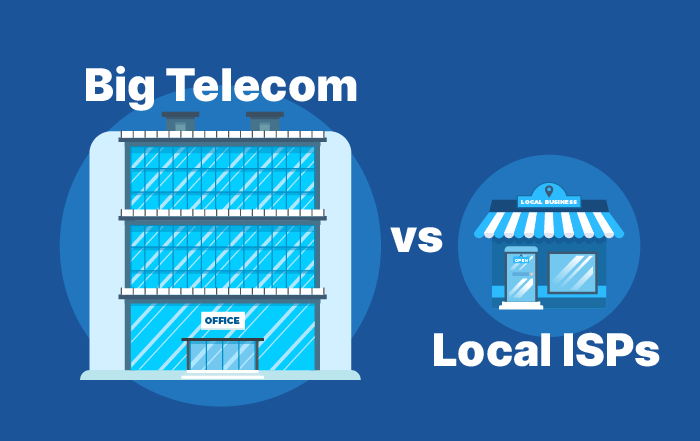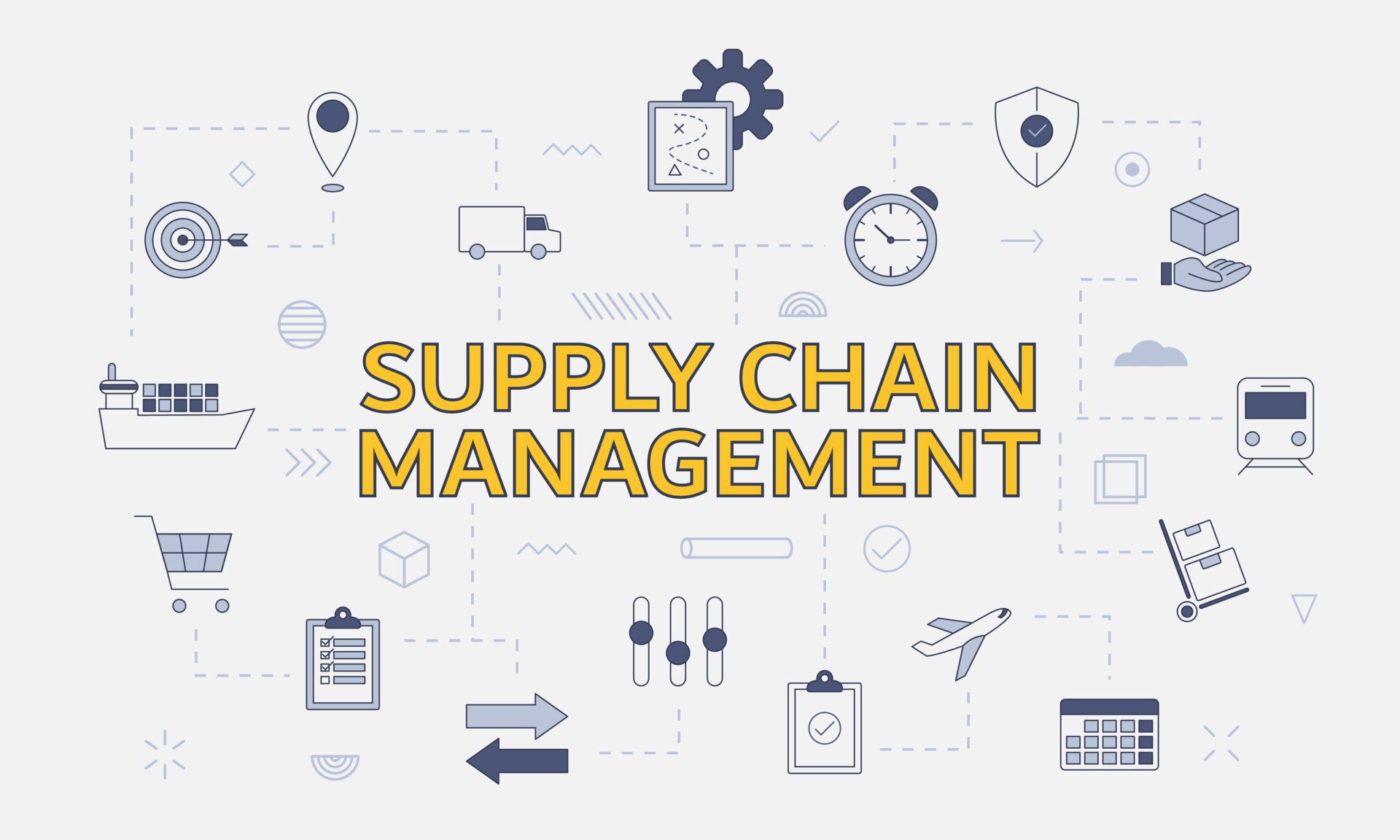5 Ways To Improve Supply Chain Management in Your ISP
Managing the supply chain within an organization is crucial in order to stay on top of the needs and demands of customers. As this is evolving in...

The competition between Big Telecom companies and Local Internet Service Providers (ISPs) has entered a new phase with the surge in mergers and acquisitions (M&A) within the industry. Assessing the repercussions of this M&A activity on consumers and the overall industry landscape is of utmost importance. In this dynamic industry, we explore the impact of M&A on competition and the endeavor for a more diverse and consumer-centric digital world, especially considering the influence of government grant funding, which has played a pivotal role in driving the recent wave of consolidations
M&A in the telecom industry has both positive and negative consequences. The industry giants and smaller local providers are at the center of this transformation. While M&A can bring about expanded coverage and improved services, it also raises concerns about reduced competition and a potential loss of the personalized touch that local ISPs often provide. The choices consumers make can significantly influence the direction of the industry, encouraging providers to maintain or adopt consumer-friendly practices that prioritize their satisfaction and engagement.
To begin, let’s gain a clearer understanding of the two sides of the telecom industry coin: Big Telecom and Local ISPs.
Big Telecom companies are the industry giants, such as AT&T, Verizon, and Comcast. They have the advantage of scale, a vast network infrastructure, and significant financial resources. Big Telecoms often offer bundled services, including internet, cable TV, and mobile plans, to attract a large customer base.
On the other hand, Local ISPs are the smaller, often community-based providers that cater to specific regions. These companies offer a personal touch, tailored services, and a strong connection to the local community. Local ISPs are often seen as more customer-focused and community-oriented than their larger counterparts.
Mergers and acquisitions (M&A) are a common strategy in the telecom industry. Big Telecoms often acquire smaller Local ISPs to expand their reach and customer base. While this strategy can have some benefits, it also raises concerns about the impact on competition.
Expanded Coverage: M&A can help extend broadband access to underserved or rural areas, as Big Telecoms have the resources to invest in infrastructure development.
Improved Services: The consolidation of resources can lead to enhanced services, such as faster internet speeds, better customer support, and advanced technologies like 5G.
Economies of Scale: M&A can lead to cost savings, which may be passed on to consumers in the form of more competitive pricing.

Reduced Competition: The most significant concern with M&A is the potential reduction in competition. Fewer providers mean fewer options for consumers, potentially leading to higher prices and lower service quality.
Loss of Local Touch: Local ISPs are known for their community-oriented approach, and M&A can result in the loss of this personal touch, leading to a disconnect between the provider and the community it serves.
Consumers also play a crucial role in shaping the telecom landscape. By choosing service providers that align with their values, such as customer satisfaction and community engagement, consumers can encourage providers to maintain or adopt consumer-friendly practices.
Final Thoughts
The telecom industry is in a state of constant evolution, with M&A activity shaping the competition landscape. While there are potential benefits to mergers and acquisitions, such as expanded coverage and improved services, it’s essential to keep a close eye on their impact on competition and diversity in the industry.
As consumers, we have the power to support providers that align with our values. By making choices that prioritize customer satisfaction and community engagement, we can help shape a more diverse and consumer-friendly digital world where both big and small players in the telecom industry coexist harmoniously, providing the best services while respecting the preferences of consumers.
Thinking about selling your ISP?, check out our blog Tips to Prepare Your Customers for a Merger or Acquisition

Managing the supply chain within an organization is crucial in order to stay on top of the needs and demands of customers. As this is evolving in...

In the fast-paced realm of the service industry, where seamless communication and data exchange are at the heart of operations, the role of...

6 min read
Pricing is an essential aspect of any internet service provider. Whether you’re selling products or offering services, the price you set can...